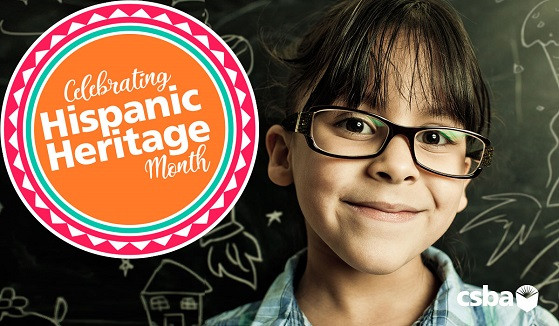A piece of legislation that would offer more opportunities for California students to earn the State Seal of Biliteracy while leveling the playing field for English learners to attain the educational accomplishment is awaiting the Governor’s signature after passing in the Assembly and Senate earlier this month.
Assembly Bill 370 by Assemblymember Dawn Addis (D-Morro Bay), referred to as the Biliteracy Advancement Act, intends to allow English learners flexibility in demonstrating their multilingual competency when applying to receive the seal on their high school diploma or transcript.
California became the first state to offer a state a seal of biliteracy when the program launched in 2012. To earn the seal, a student must show a high level of proficiency in speaking, reading and writing in at least one language in addition to English, according to the California Department of Education.
Gov. Gavin Newsom has until Oct. 14 to act on the bill, meaning he would sign it during National Hispanic Heritage Month. According to bill analysis from the Assembly Floor, the largest number of seals are issued to recognize biliteracy in English and Spanish.
“Obtaining the State Seal of Biliteracy [SSB] should be achievable for multilingual students from all primary-language backgrounds,” Addis said in a February press release. “Balancing this benchmark is a step in the right direction when it comes to equitable education.
“Currently, there is a distinct difference in the requirements to obtain the State Seal of Biliteracy, namely a lack of flexibility when demonstrating proficiency in English,” the release continues. “The Biliteracy Advancement Act would provide students with more options when testing for English proficiency, creating parity with the current second language testing alternatives and a fair path towards the State Seal of Biliteracy for all students. The SSB allows for students to showcase their proficiency in multiple languages to potential colleges and employers, as well as giving students a sense of pride in their primary language.”
Students can prove their proficiency in a language besides English by scoring a 3 or higher on an Advanced Placement (AP) test or 4 or higher on the International Baccalaureate (IB) exam, completing four years of courses in the language with at least a 3.0 GPA and showing oral competency by passing their respective district’s test with at least a proficient score, or passing the SAT II world language exam with a score of at least 600.
There is just one pathway to prove proficiency in English, however. Students must finish all English language arts classes needed to graduate with a GPA of 2.0 or higher and meet or exceed the ELA section of California’s Assessment of Student Performance and Progress in grade 11. Additionally, they have to demonstrate proficiency in English on the English Language Proficiency Assessment of California (ELPAC).
AB 370’s passage would allow students to display their English proficiency by taking all English classes and earning a 3.0 GPA or by meeting the CAASPP’s ELA standard in grade 11.
High school English learners could use their highest score on the oral language part of the ELPAC instead of being required to meet overall proficiency.
The bill would open new avenues to show English proficiency, including passing an English AP exam with a minimum score of 3 or a scoring a 4 or higher on an English International Baccalaureate test, finishing one or more college-level ELA courses with a minimum 3.0 GPA or by scoring at least a 480 on the SAT’s Evidence-Based Reading and Writing section.
Students who wish to show proficiency in other languages would have additional pathways too, like finishing a college-level language course with a 3.0 GPA or higher or completing high school-level coursework in a different country in a language besides English with a 3.0 GPA or above though they could no longer prove proficiency in non-English languages via the SAT.
Should the bill be signed, the CDE will update its State Seal of Biliteracy webpage to reflect new requirements for 2023–24 graduates.





